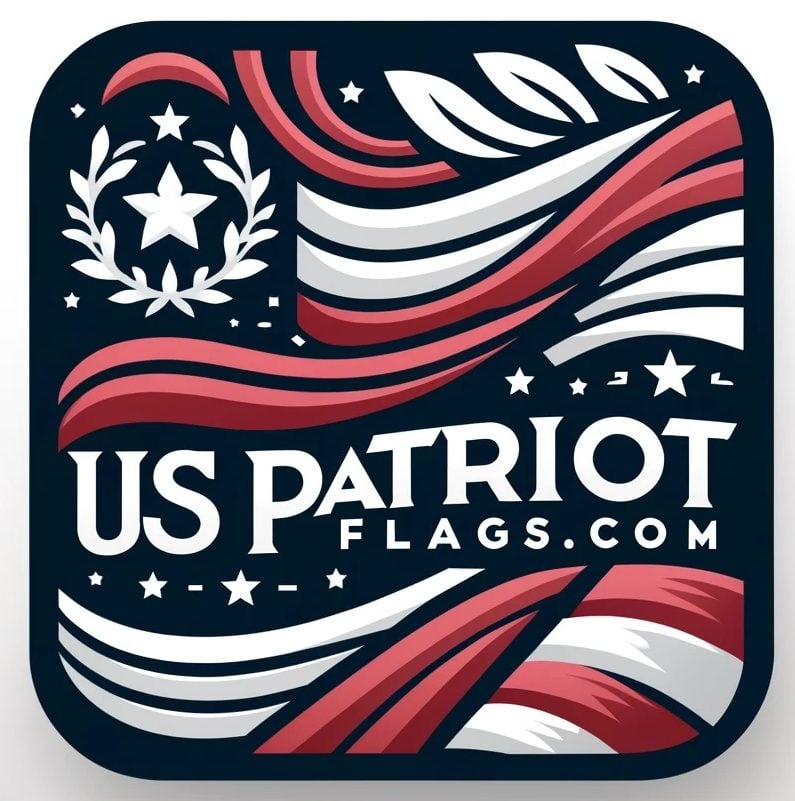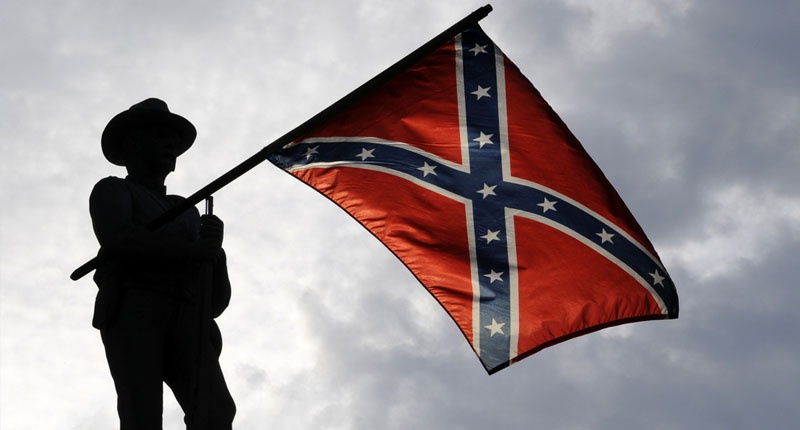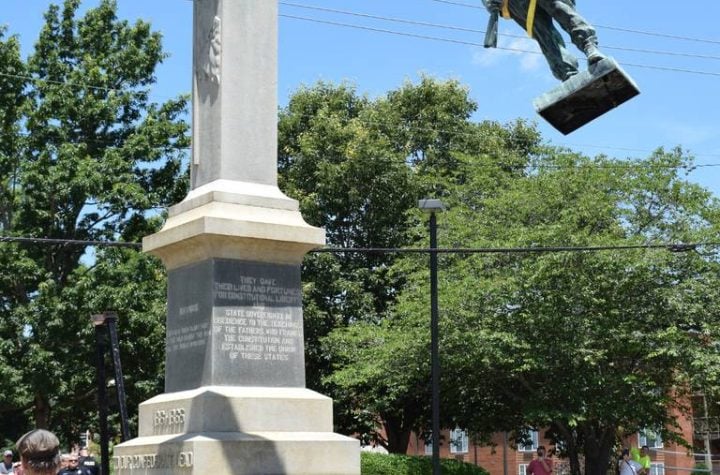
Confederate Native American Veterans
It was June of 1863, in Mississippi, and “…rain fell in torrents flooding the streams, the roads became impassable, and country bridges were washed away. Vicksburg was being besieged by Grant, and reinforcements were ordered… Chunkey River intervened and the bridge across the river was submerged…. The engineer was under military orders, and his long train of cars was filled with Confederate soldiers, who like the engineer, were animated with but one impulse, to Vicksburg! to victory or death!
“Onward rushed the engineer. All passed over except the hindmost car. The bridge had swerved … into the raging waters with nearly one hundred soldiers the rear car…. “Help!” was the cry, but there was no help.”
For those men trapped in the river, hope was fading fast. All would have been lost but for one thing: the 1st Choctaw Battalion was at a Confederate camp nearby. The quotes above are from their commander, Col. Spann, who continued:
“…in less time than I can tell the story every Indian was at the scene. It was there that Jack Amos again displayed his courage and devotion to the Confederate soldiers (Jack’s true name was E-aht-onte-ube). I must not omit to say, however, that with a like valor and zeal Elder Williams, another full-blood Indian soldier, proved equal to the emergency…. Led by these two dauntless braves, every Indian present stripped and plunged into that raging river to the rescue of the drowning soldiers. Ninety-six bodies were brought out upon a prominent strip of land above the water line. Twenty-two were resuscitated and returned to their commands…”
E-aht-onte-ube name meant “Going Out There to Kill.” This courageous man was the grand-nephew of the great chief Pushmatah, but known to his white friends as Jack Amos.
The Native Americans of the Choctaw Nation fought with the South in the Civil War, and were renowned by those who knew them as being without fear.
When the Choctaw allied themselves with the Confederacy, they became the first United States tribe to adopt a flag. It was blue with a red circle in the center, the circle edged with white. Within the red were the white shapes of a peace pipe, a bow, and arrows. The Choctaw seal of today draws on this same image.
Renditions of the Choctaw Brigade Flag still fly today, honoring the brave men who found beside it.
In 1861 the Choctaw and Chickasaw Mounted Rifles formed (the Chickasaw are another Native American nation of the same area). Over 1000 Choctaw warriors dressed as they saw fit, some wearing Euro-American clothing, others traditional garb. These warriors were fierce fighters, and were described as being at their best in close-quarter skirmishes or serving as sharpshooters.
These men were highly skilled as “scouts and pilots through pathless swamps and jungles and over boundless prairies.” It was said that “none but the truly brave and purely honest at heart could command the Indian soldiers, but for such the Indian would die in the execution of a command.”
In 1863 a brigade commanded by Col. Cooper included a regiment of the Native Americans. During an engagement, facing superior Union artillery and coping with poor Confederate powder imported from Mexico, Federal troops defeated Cooper and forced him into the Choctaw Nation. Cooper later wrote in his report that his retreating units were saved from capture by the aggressive rearguard actions of the Choctaw and Chickasaw regiment. He said at the end of his report “… [The] Choctaws behaved bravely, as they always do.”
Loyalty and honor were very prominent attributes of the Choctaw. Confederate Captain S. S. Scott wrote that “…not only had no member of that nation ever gone over to the enemy but that no Indian had ever done so in whose veins coursed Choctaw blood. … Be it ever remembered that as a Confederate soldier he never betrayed a trust, nor did one of them ever desert our flag.”






More Stories
They Called Him “The Gray Ghost”
Nathan Forrest: No Wonder He Won So Many Battles
The First Secession: The Mecklenburg Declaration of Independence.